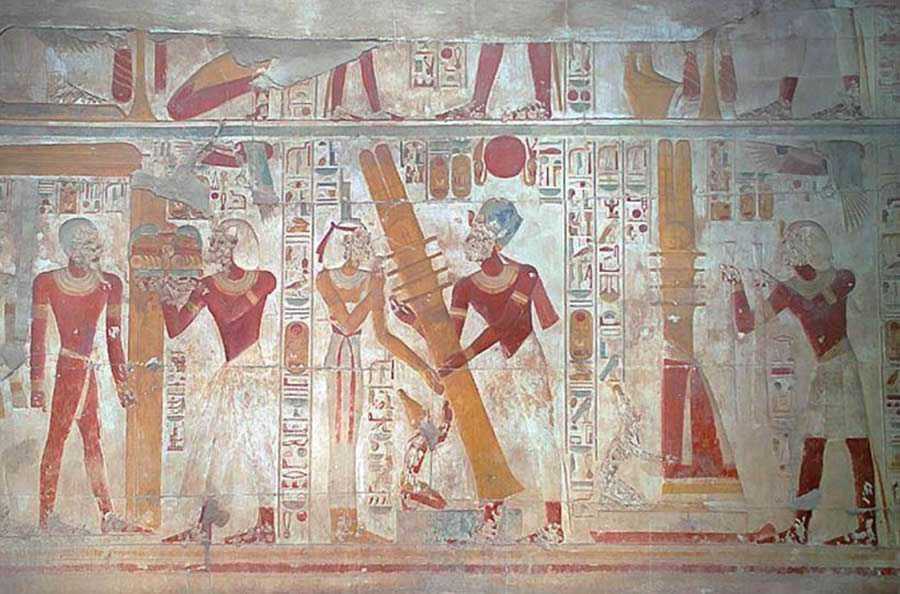BY DAVE RANKIN
Most of us are now coming off the high of celebrating two important dates on the calendar: Christmas and New Year’s Day. For most people, both days were filled with joyous moments between family members and friends alike. From gift exchanges, to lavish meals, to the spread of good will, traditions are observed. New ones have been formed and will be passed down through generation to generation. Thus, adding to the moniker as,” …the most wonderful time of the year!”
In ancient Kemet, they also had numerous important dates that were celebrated across the land. Like Christmas and New Year’s. These dates also centered on the phenomena that took place in nature.
While Christmas is usually synonymous with the birth of Jesus the Christ, what is sometimes missed is what is actually going on in nature. One thing I have to make clear is that I will not be debating on the actual birth date of Jesus. That is neither here nor there for the purpose of this article. We are simply looking at what transpires in nature in relation to the holiday. With that being said, let us begin.
Just prior to Christmas Day is an astrological occurrence called the Hiemal or Hibernal Solstice, also known as the Winter Solstice, that takes place around December 22nd-24th. In laymen’s terms, it is when the sun reaches its furthest point away from the northern hemisphere of the earth. Thus, producing very short days of sunlight and longer nights. For us as children of the sun, it could be really depressing. On so many levels, we could see this as darkness infringing on our very existence with little hope for light.
This is why Christmas Day, or December 25th was so revered. That was the day that the sun begins to make its way back to us, thus slowly producing longer days and eventually shorter nights. It was called the Birth of the New Sun. This new sun lifts the veil of darkness and brings the necessary hope in the world that is needed. One name that was associated with the New Sun was the Redeemer. Simply put, the New Sun was to “redeem” the sin of winter, where very little in nature grows.
Being devoutly in tune with nature, our Kemetian fore-parents celebrated what was called the Web en Djed or the Raising of the Djed Pillar during this very same time frame. The Djed Pillar was associated with the backbone of the deity Asar, in Greece he was known as Osiris. As a symbol of strength and stability, the Djed Pillar reminds us to make all areas of our health a priority through a disciplined approach and to guard against what was called Isfet or chaos around us.
We could infer it as this, since the darkness of winter is able to bring about Isfet (chaos) through depression, overindulging, and in some cases emotional instability or a feeling of hopelessness. It was only fitting to guard against these feelings by renewing oneself through ceremonial customs to create a place of harmony, balance, and joy. One custom that is still in operation today is the religious cleaning that takes place in the Caribbean home to prepare for Christmas Day. Like many of us, it was a custom to clean the whole house to ring in the festival season. Taking household items like plates, dishes, and wall hung pictures to make sure that each item was as spotless as the first time they came into the home. It was a time where families were brought together as a unit to assist with the preparations and have fun while doing it.
Our ancient fore-parents also participated in religious cleansing of themselves, internally and externally to prepare themselves for the coming of the New Sun. It was the only way to allow the joy and harmony that the sun would bring. By ridding themselves of some of that dirt, or unnecessary thoughts, it left them with a lighter feel and a renewed strength, thus being able to receive the blessings of the season.
Like the days of ancient, the observation of nature (which was then transformed into culture and custom) helped us prepare for the coming of the New Sun. This is the same way we as Caribbean people have looked at culture as a reminder to remain steadfast for the light soon come.

